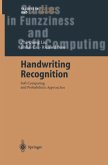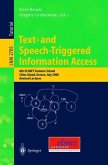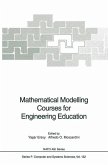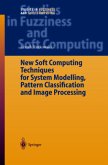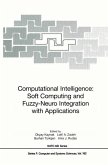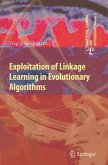Over the last few decades, research on handwriting recognition has made impressive progress. The research and development on handwritten word recognition are to a large degree motivated by many application areas, such as automated postal address and code reading, data acquisition in banks, text-voice conversion, security, etc. As the prices of scanners, com puters and handwriting-input devices are falling steadily, we have seen an increased demand for handwriting recognition systems and software pack ages. Some commercial handwriting recognition systems are now available in the market. Current commercial systems have an impressive performance in recognizing machine-printed characters and neatly written texts. For in stance, High-Tech Solutions in Israel has developed several products for container ID recognition, car license plate recognition and package label recognition. Xerox in the U. S. has developed TextBridge for converting hardcopy documents into electronic document files. In spite of the impressive progress, there is still a significant perfor mance gap between the human and the machine in recognizing off-line unconstrained handwritten characters and words. The difficulties encoun tered in recognizing unconstrained handwritings are mainly caused by huge variations in writing styles and the overlapping and the interconnection of neighboring characters. Furthermore, many applications demand very high recognition accuracy and reliability. For example, in the banking sector, although automated teller machines (ATMs) and networked banking sys tems are now widely available, many transactions are still carried out in the form of cheques.
Hinweis: Dieser Artikel kann nur an eine deutsche Lieferadresse ausgeliefert werden.
Hinweis: Dieser Artikel kann nur an eine deutsche Lieferadresse ausgeliefert werden.


